Built in 1805 during the reign of King Gia Long (the first king of the Nguyen Dynasty), Thai Hoa Palace (area 1,440 m2 ) is the pinnacle of Hue royal architecture. This is where the most important events of the country at that time took place: coronation, court meetings, ceremonies, reception of ambassadors...
Panorama of Thai Hoa Palace - sketch by artist Tran Binh Minh
According to the National Archives Center I, the most distinctive feature is the "trùng thiêm giải ốc" (roof on roof, house on house) style of architecture. The roof is covered with royal glazed tiles (golden glazed tiles usually reserved for the king's buildings), with three overlapping roofs (trùng thiêm) to enhance the grandeur but also reduce the heaviness of the roof system. The crab-shaped vaulted ceiling system connects the front and back houses of the palace, creating a continuous interior space. The building is supported by 80 gilded lim wood columns, carved with dragons playing with clouds.
The three-entrance gate before entering the palace - sketch by architect Tran Xuan Hong
Dragon on the roof of the palace - sketch by artist Tran Binh Minh
Dragon decoration on the roof of the palace - sketch by architect Bui Hoang Bao
Thai Hoa Palace has nearly 300 panels decorated with Chinese poems and paintings. In particular, the poem on the horizontal plaque in the middle room is considered the "Declaration of Independence" of the Nguyen Dynasty.
Thai Hoa Palace with 7 compartments and 2 wings - sketch by designer Le Quang Khanh
Thai Hoa Palace corridor - sketch by architect Linh Hoang
For more than 200 years since the reign of King Gia Long, the throne has never left Thai Hoa Palace. Above the throne is a canopy decorated with 9 dragons, the big one in the middle holding the word "Tho". Initially, under the reign of King Gia Long, the canopy was made of brocade, but in 1923, King Khai Dinh had it remade of gilded wood, with delicately carved dragons.
Thai Hoa Palace is located on the sacred axis of the Citadel and the Imperial City - sketch by artist Tran Binh Minh
Vaulted ceiling connects two rooms into a seamless, unified interior space - sketch by architect Linh Hoang
Thai Hoa Palace is where the Nguyen Dynasty throne was broken in May - sketch by designer Le Quang Khanh
According to the royal decree (a document with the king's handwriting approval), during the 1879 restoration of the palace alone (during the reign of King Tu Duc), more than 20,000 gold leaves were used to decorate the entire palace: columns, rafters, horizontal lacquered boards... Up to now, after many restorations, Thai Hoa Palace still retains its original architecture and decorative art.
Source: https://thanhnien.vn/ngoi-dien-dat-hon-20000-la-vang-de-trang-tri-185250607204816911.htm


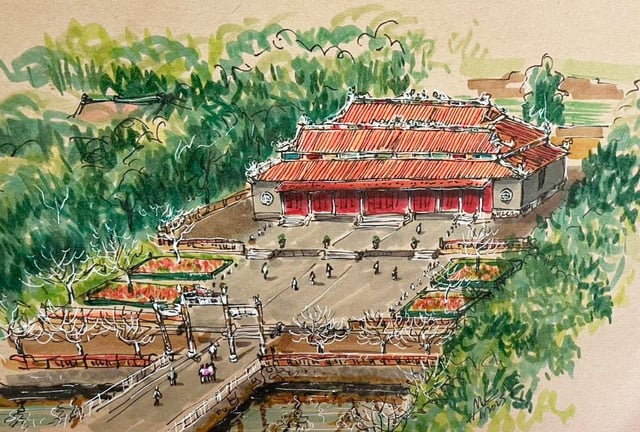
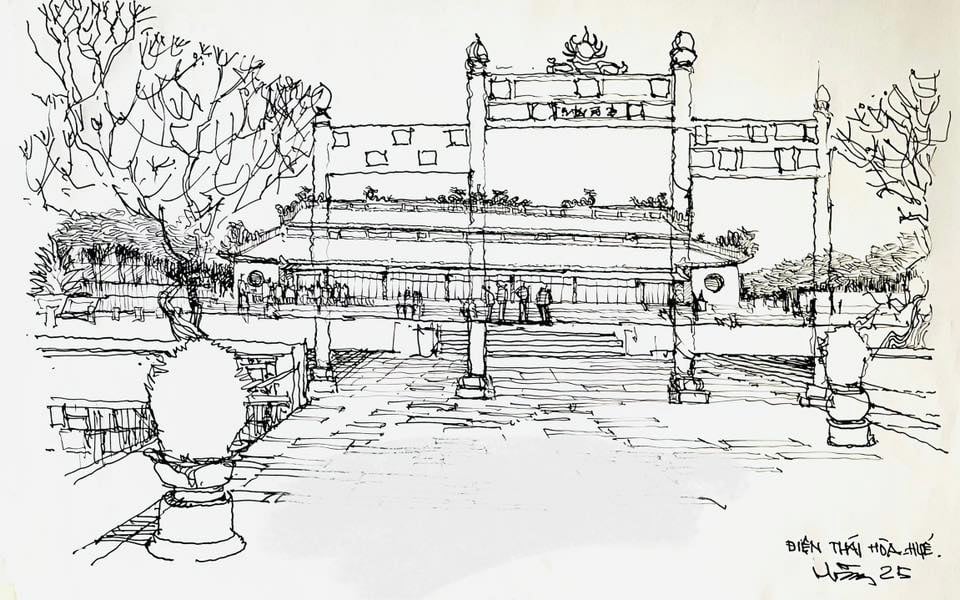
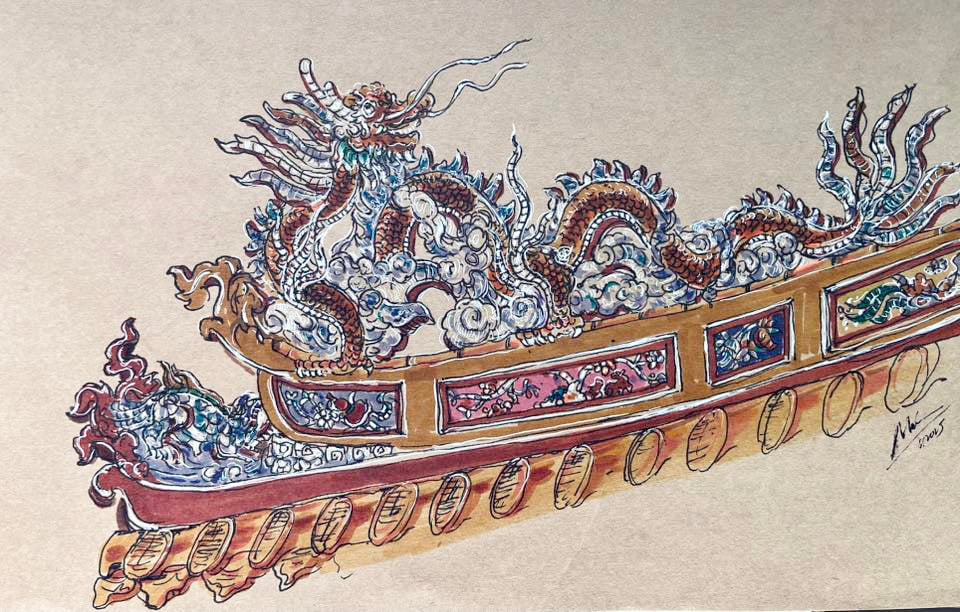
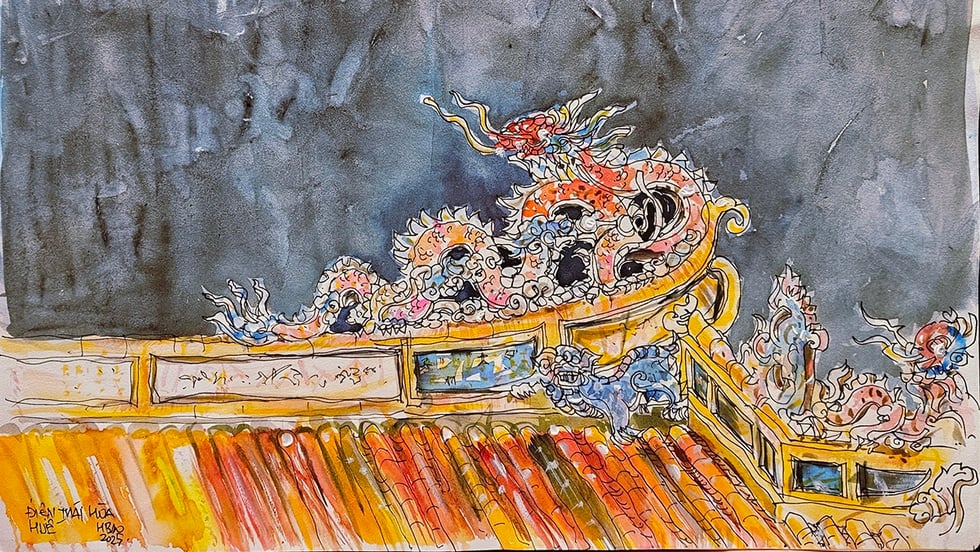
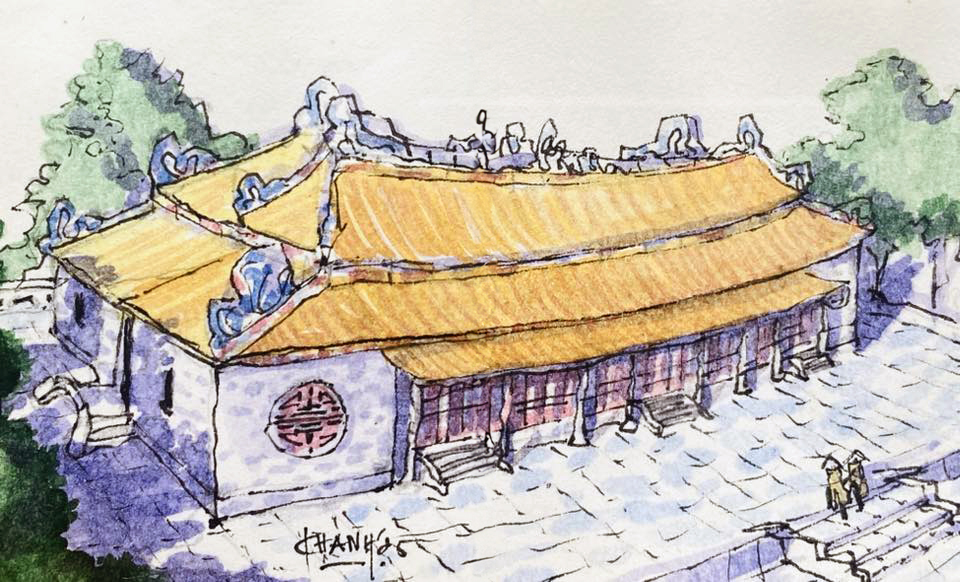
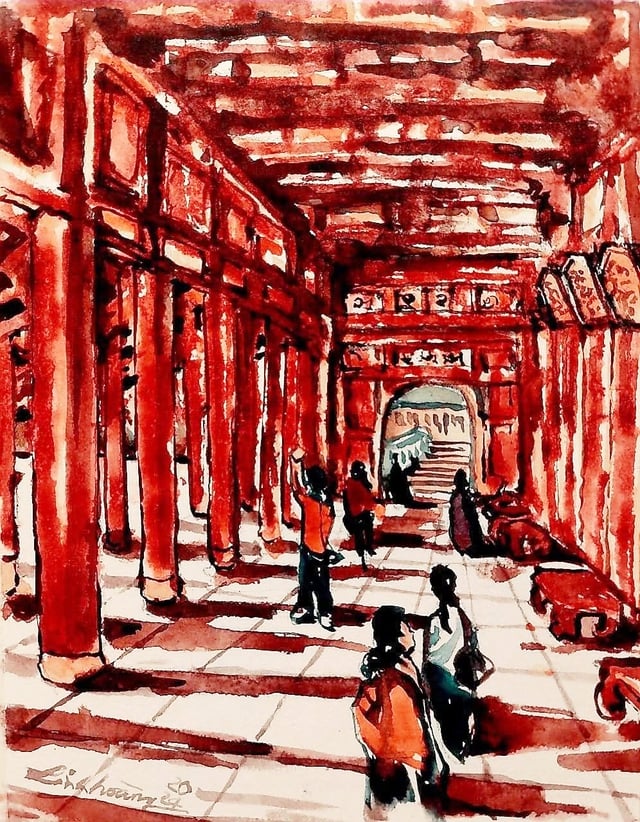
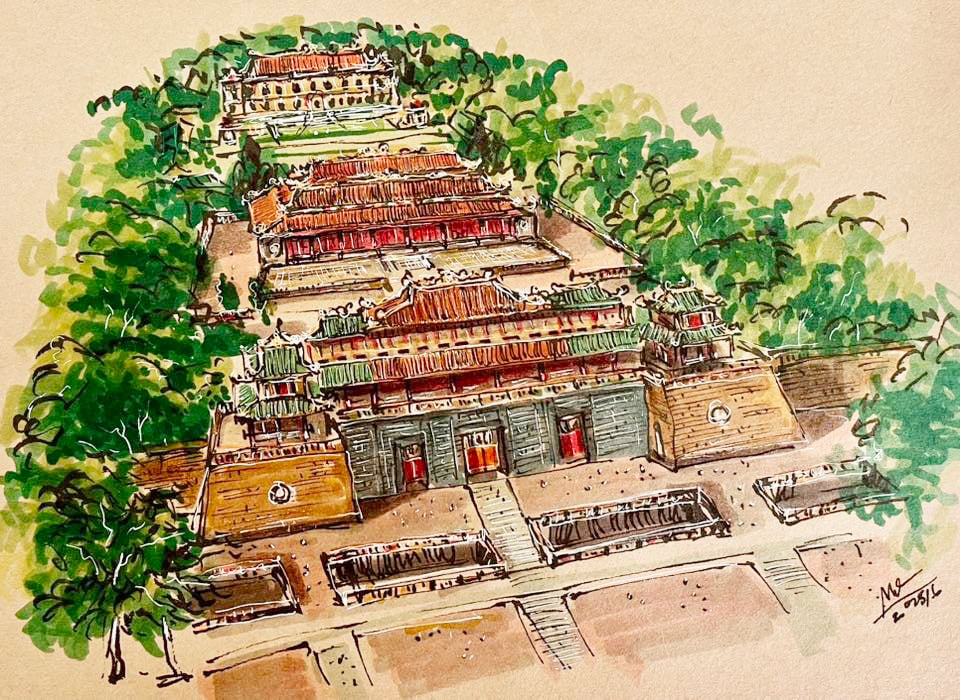
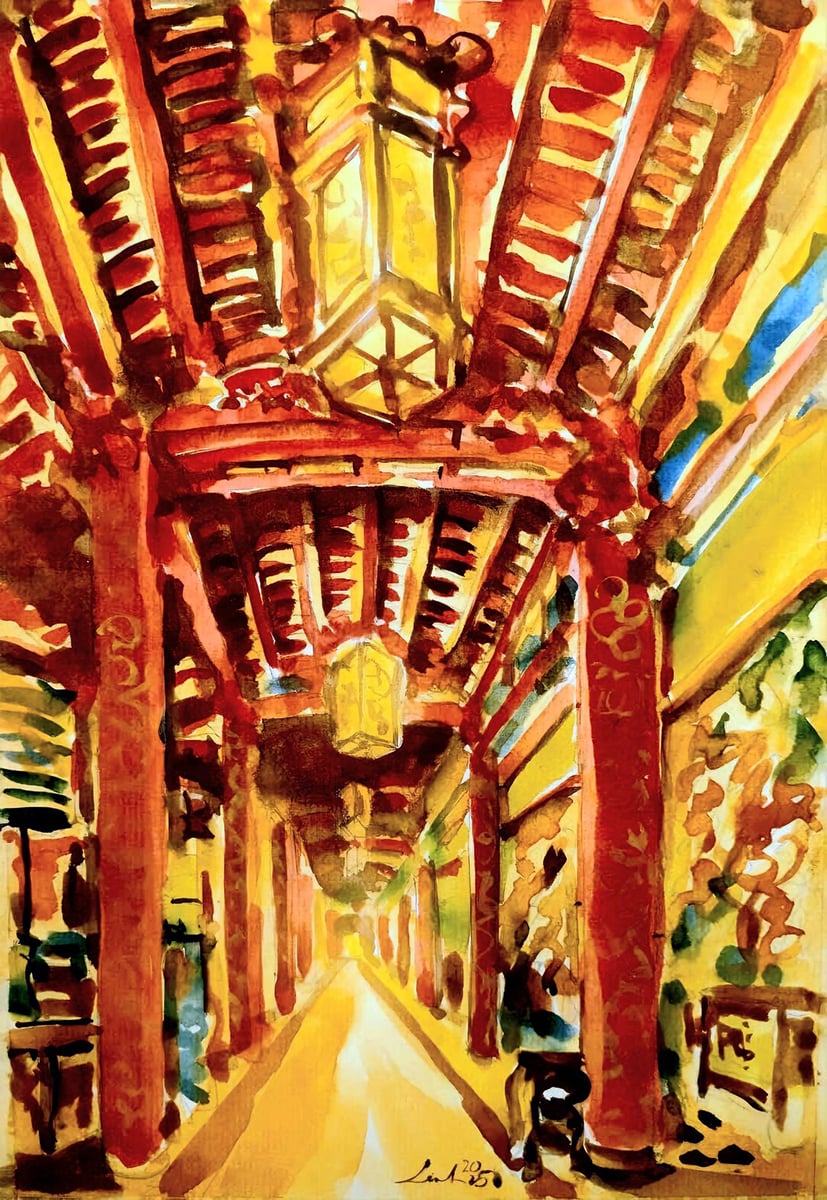
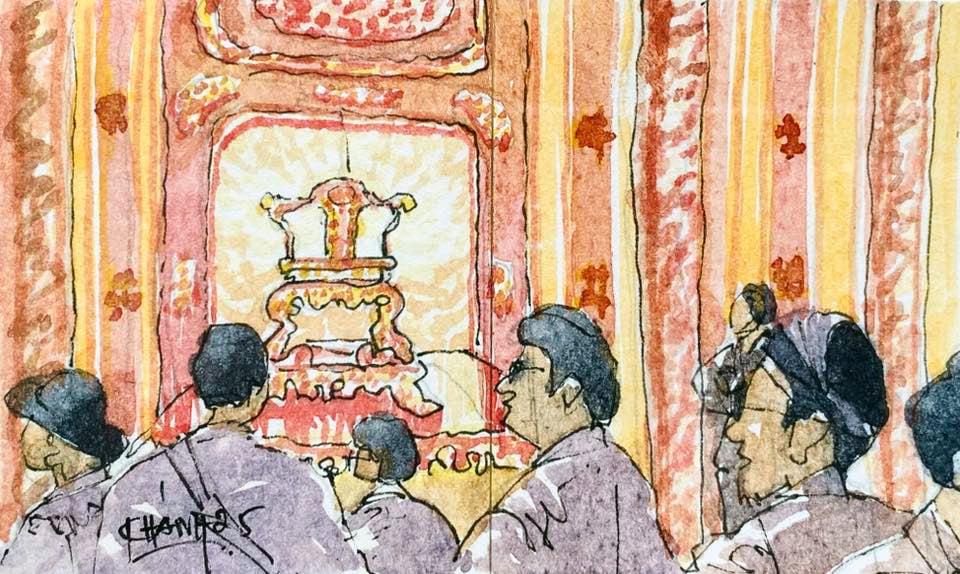
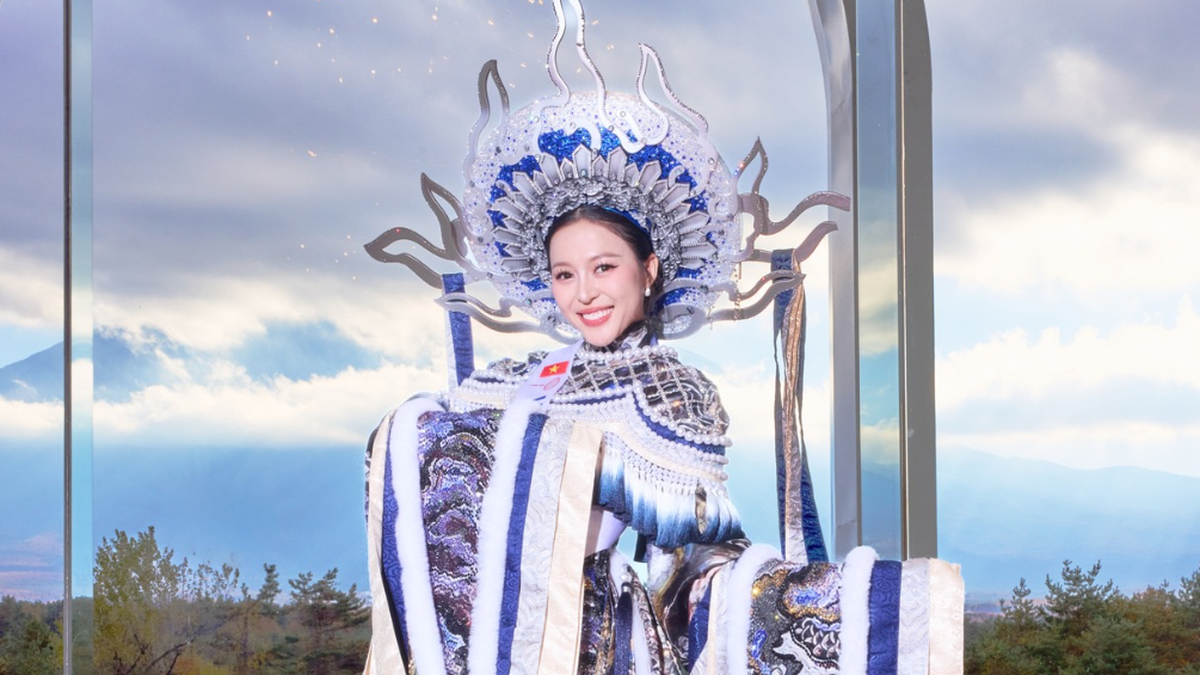
![[Photo] General Secretary To Lam and National Assembly Chairman Tran Thanh Man attend the 80th Anniversary of the Traditional Day of the Vietnamese Inspection Sector](https://vphoto.vietnam.vn/thumb/1200x675/vietnam/resource/IMAGE/2025/11/17/1763356362984_a2-bnd-7940-3561-jpg.webp)
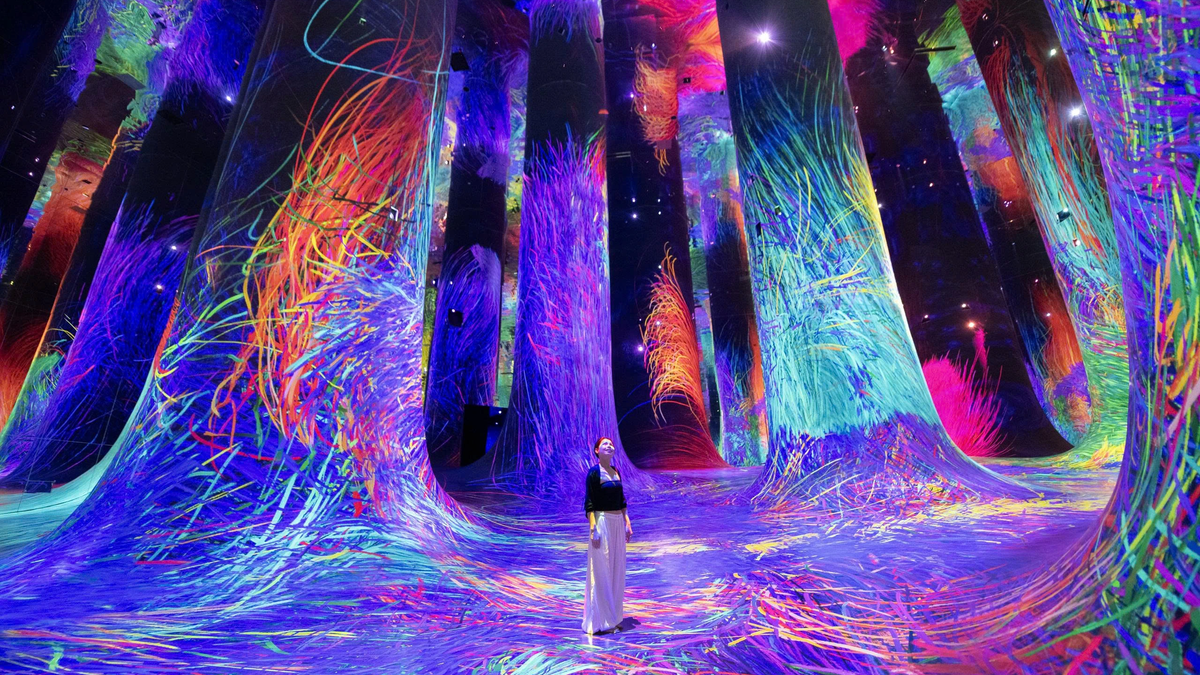
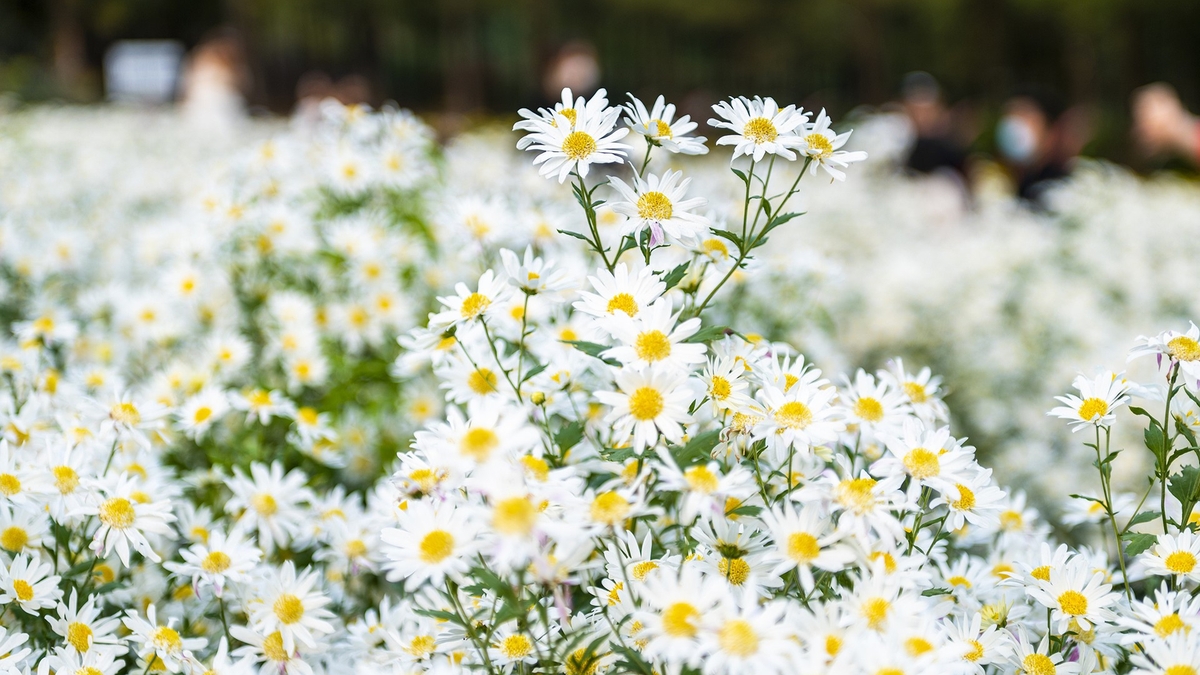
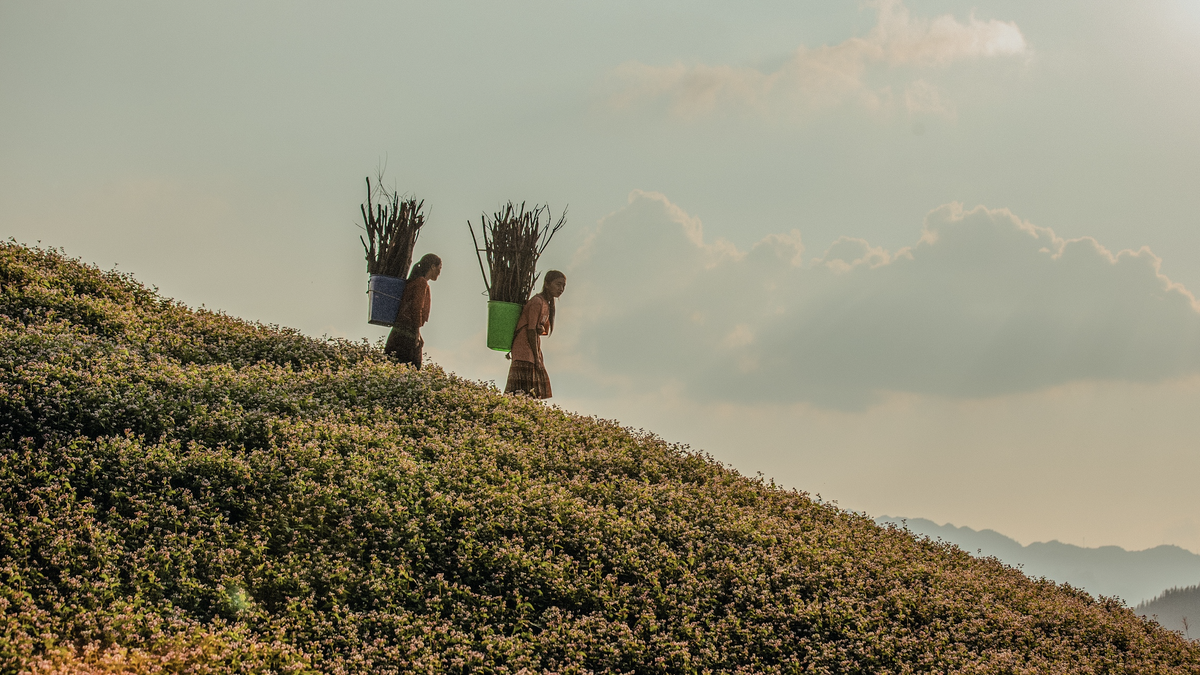



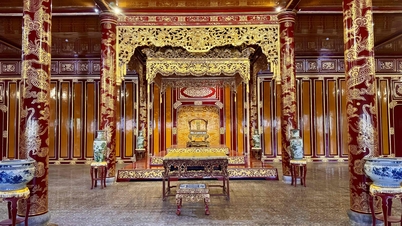

![[Video] Hue Monuments reopen to welcome visitors](https://vphoto.vietnam.vn/thumb/402x226/vietnam/resource/IMAGE/2025/11/05/1762301089171_dung01-05-43-09still013-jpg.webp)



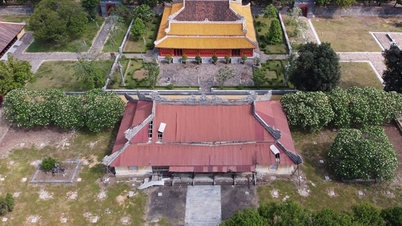

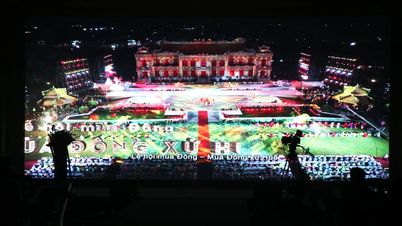

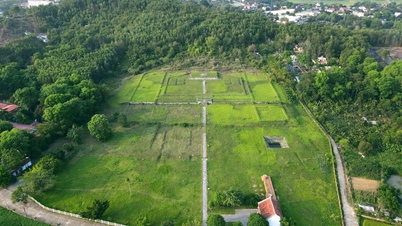




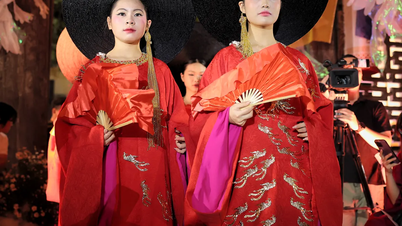

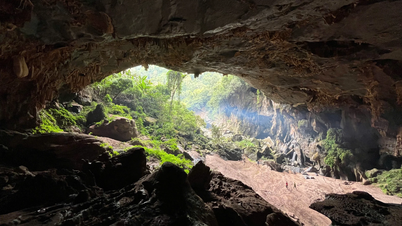

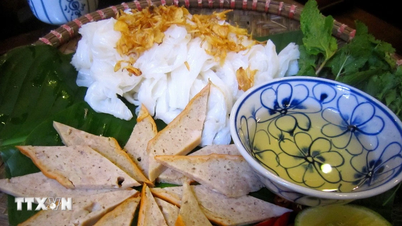









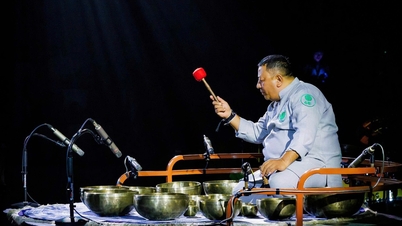
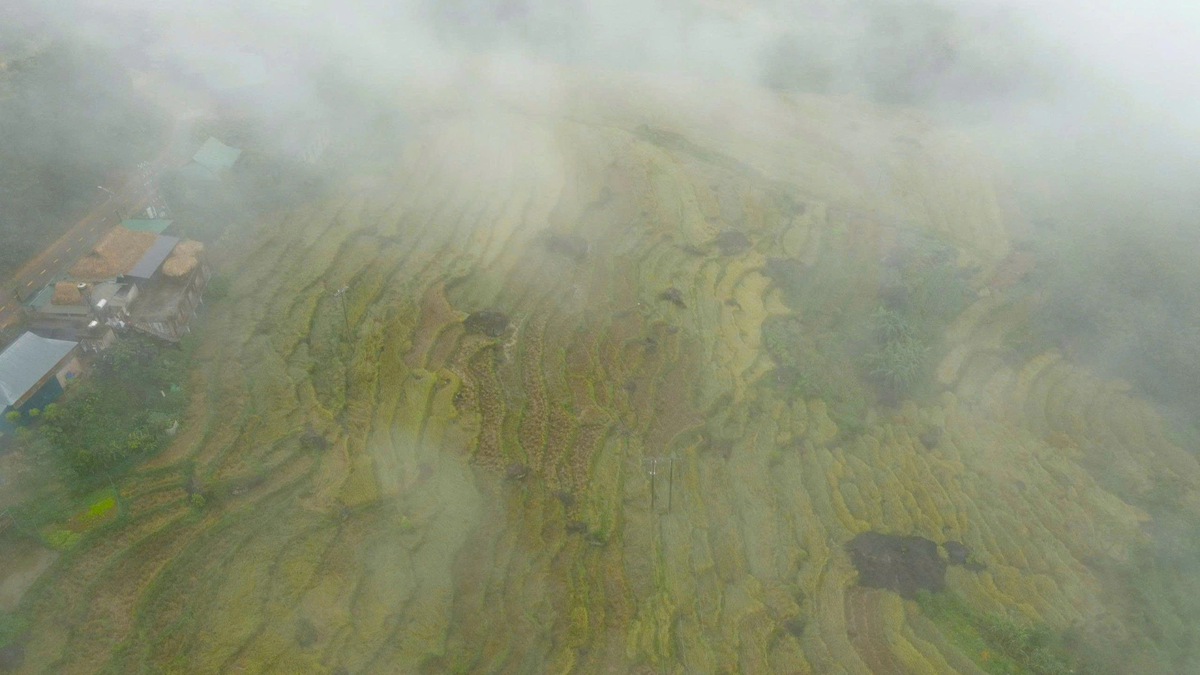
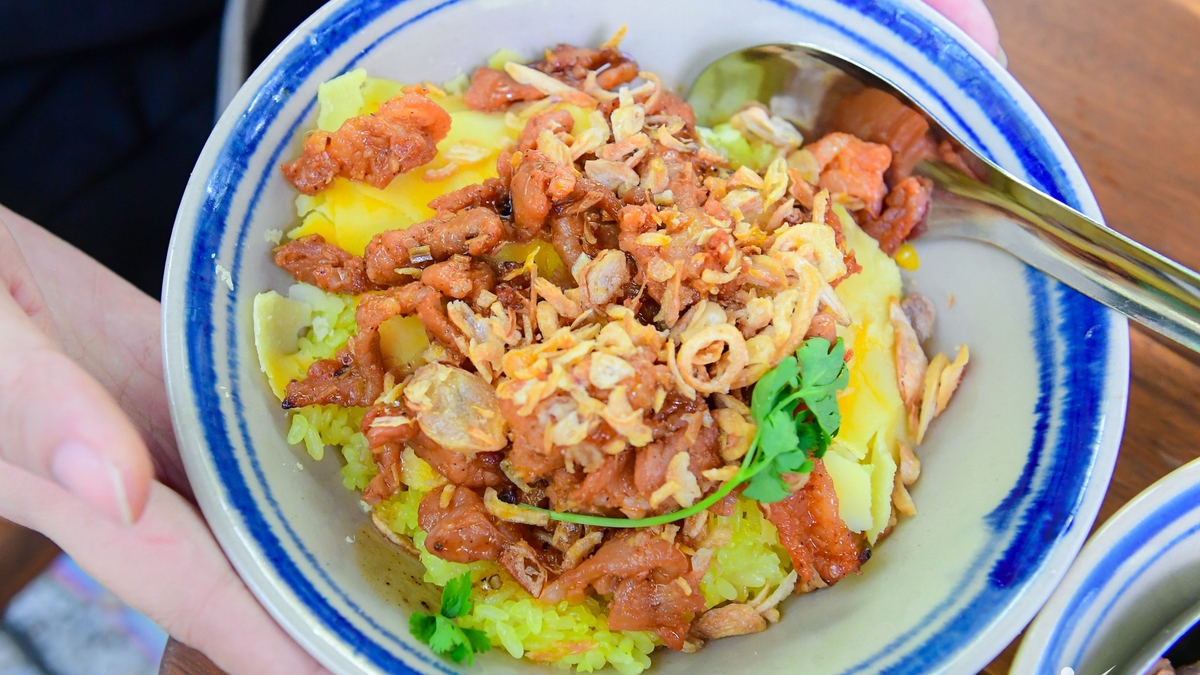
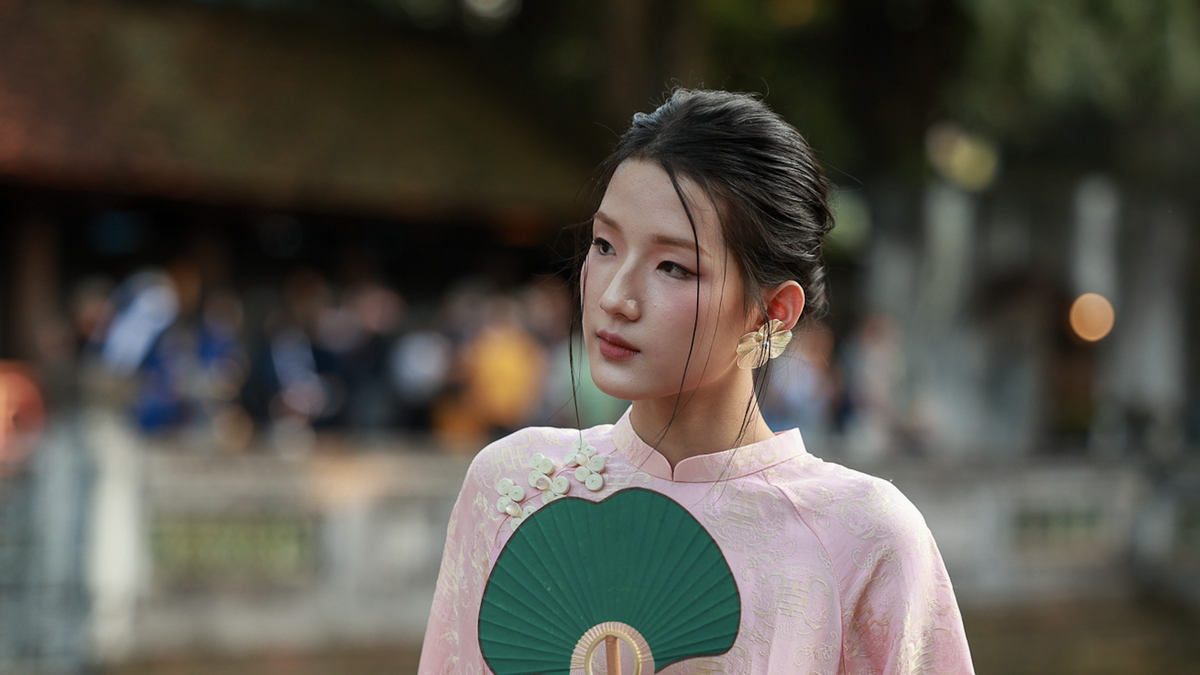

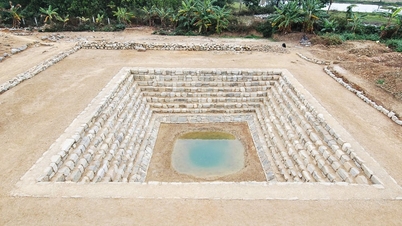

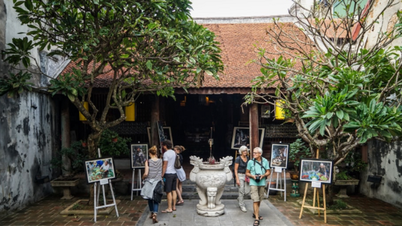

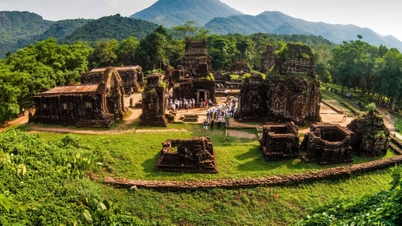







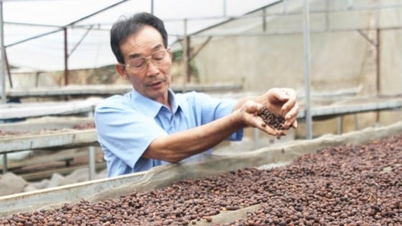

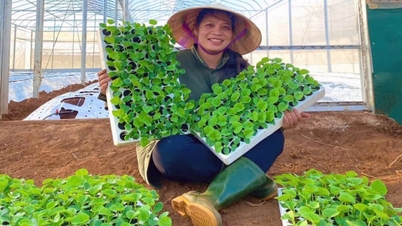








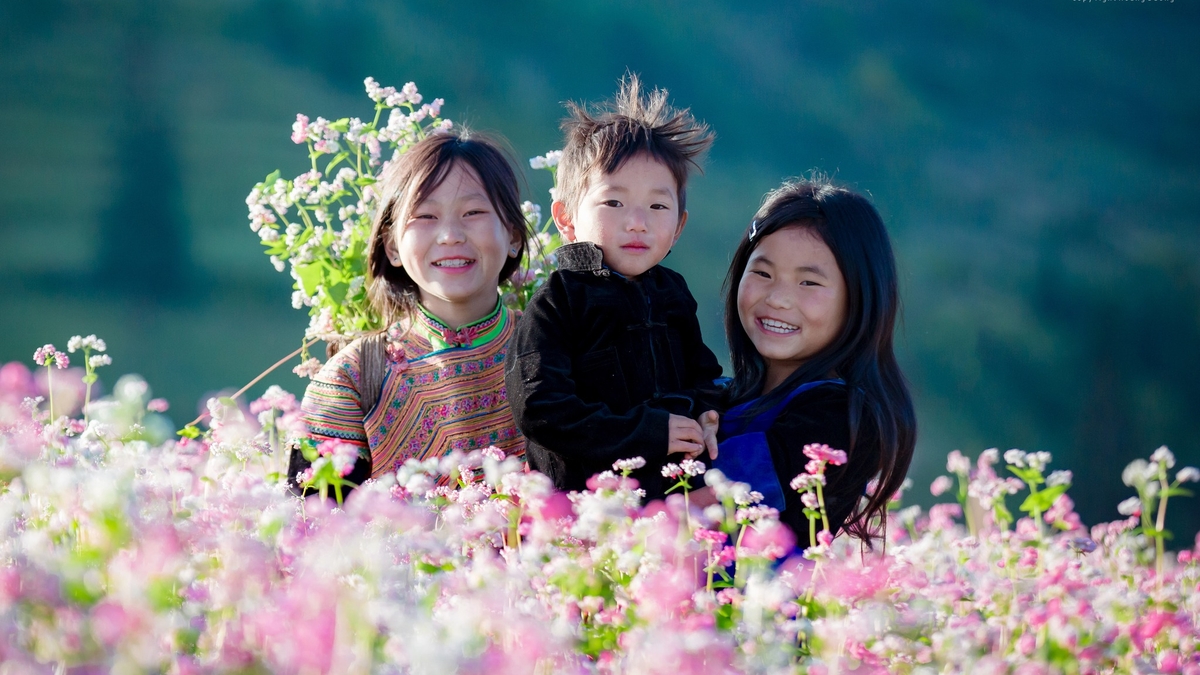

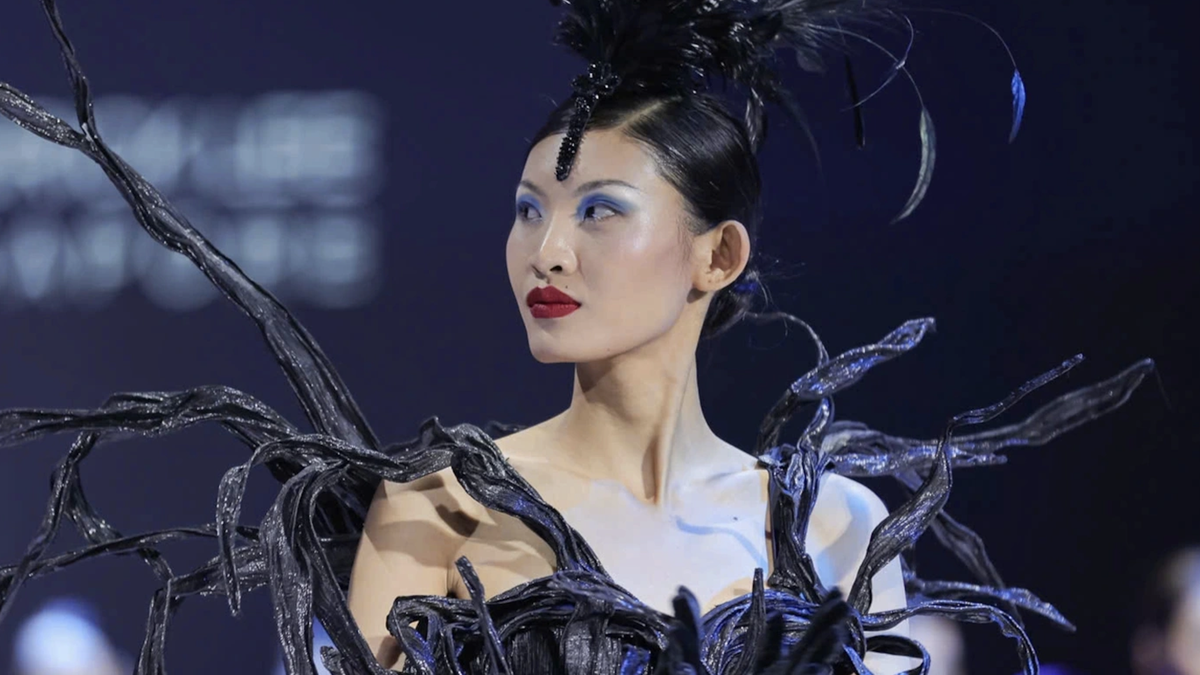






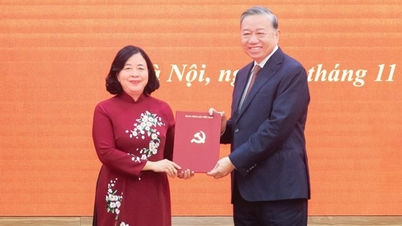



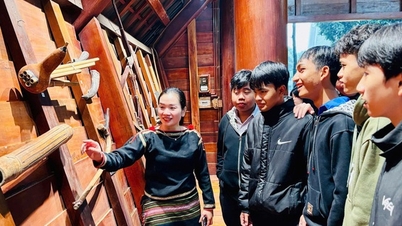

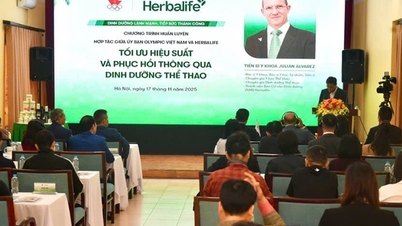

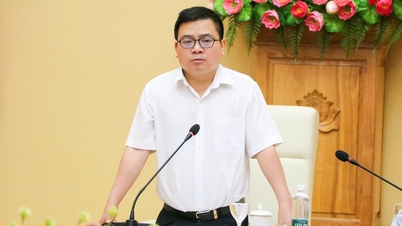




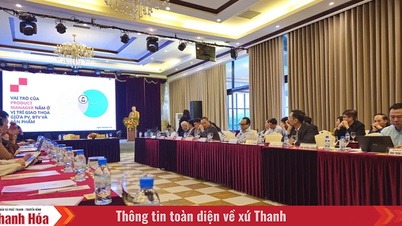







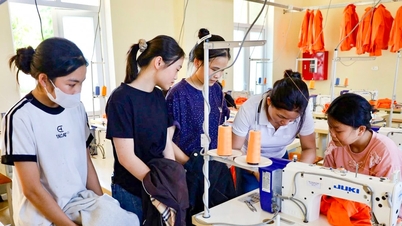



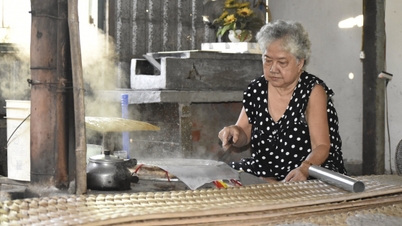


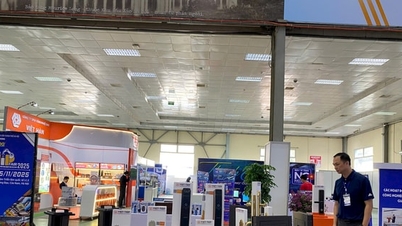




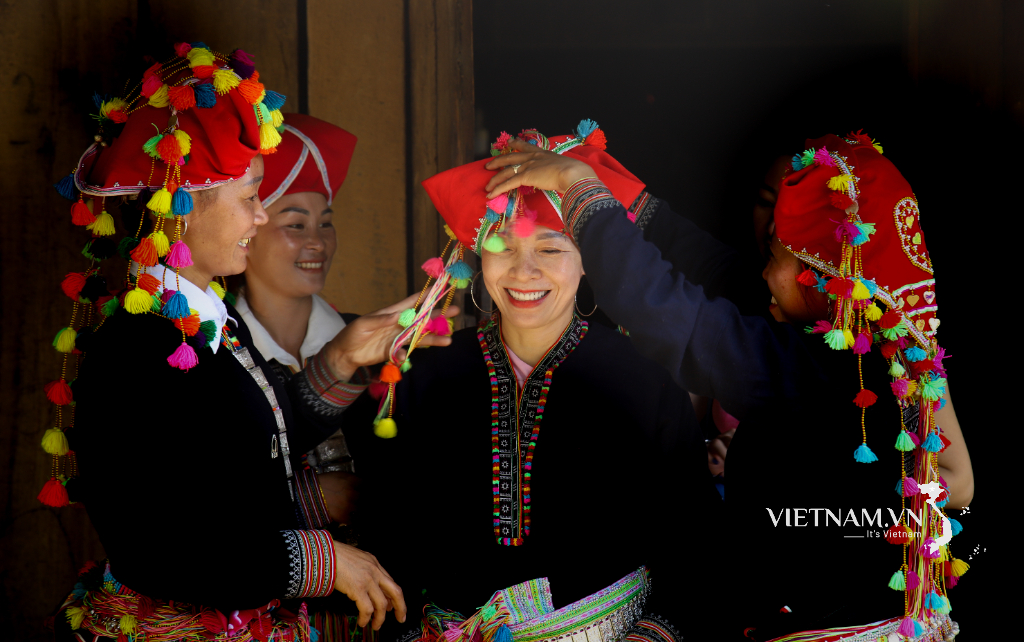
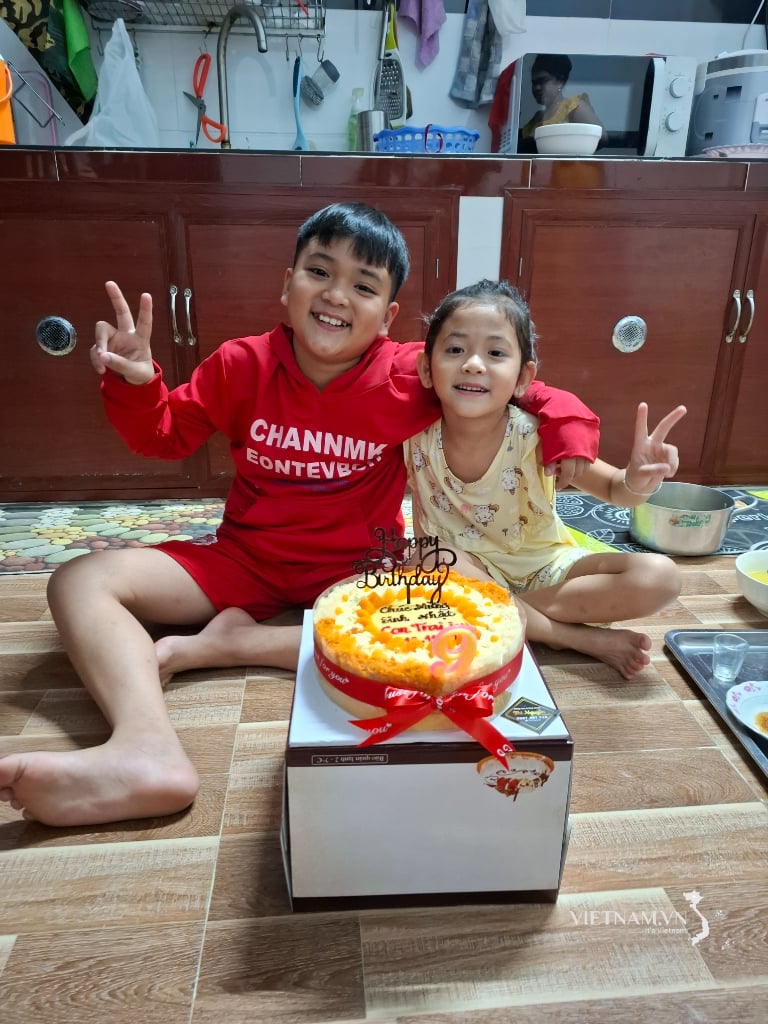


Comment (0)